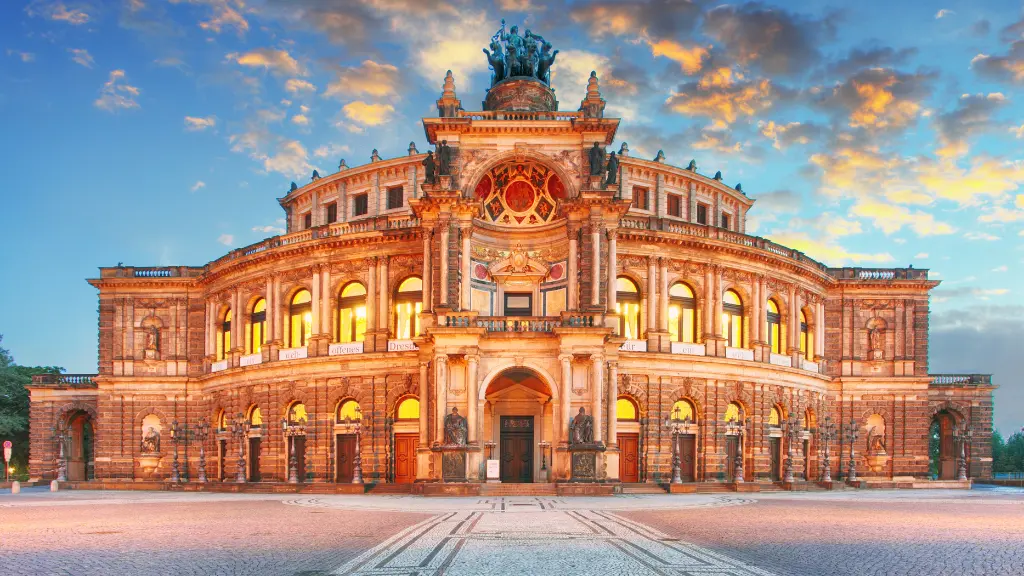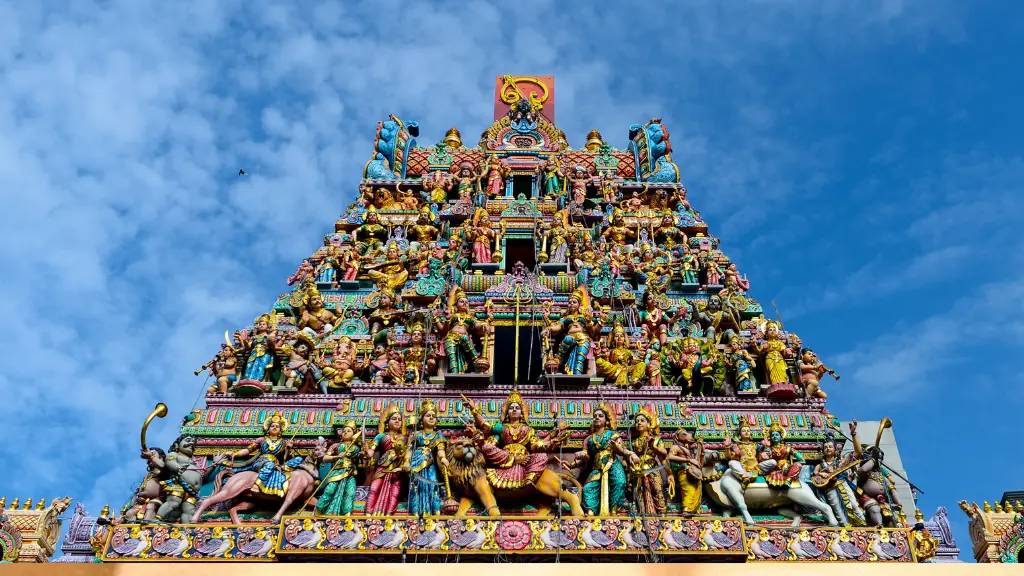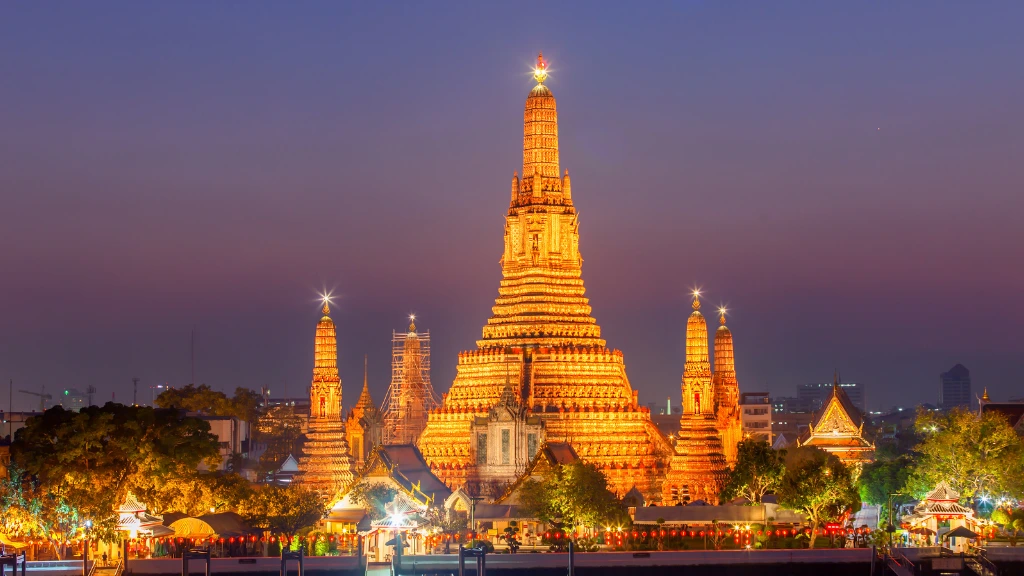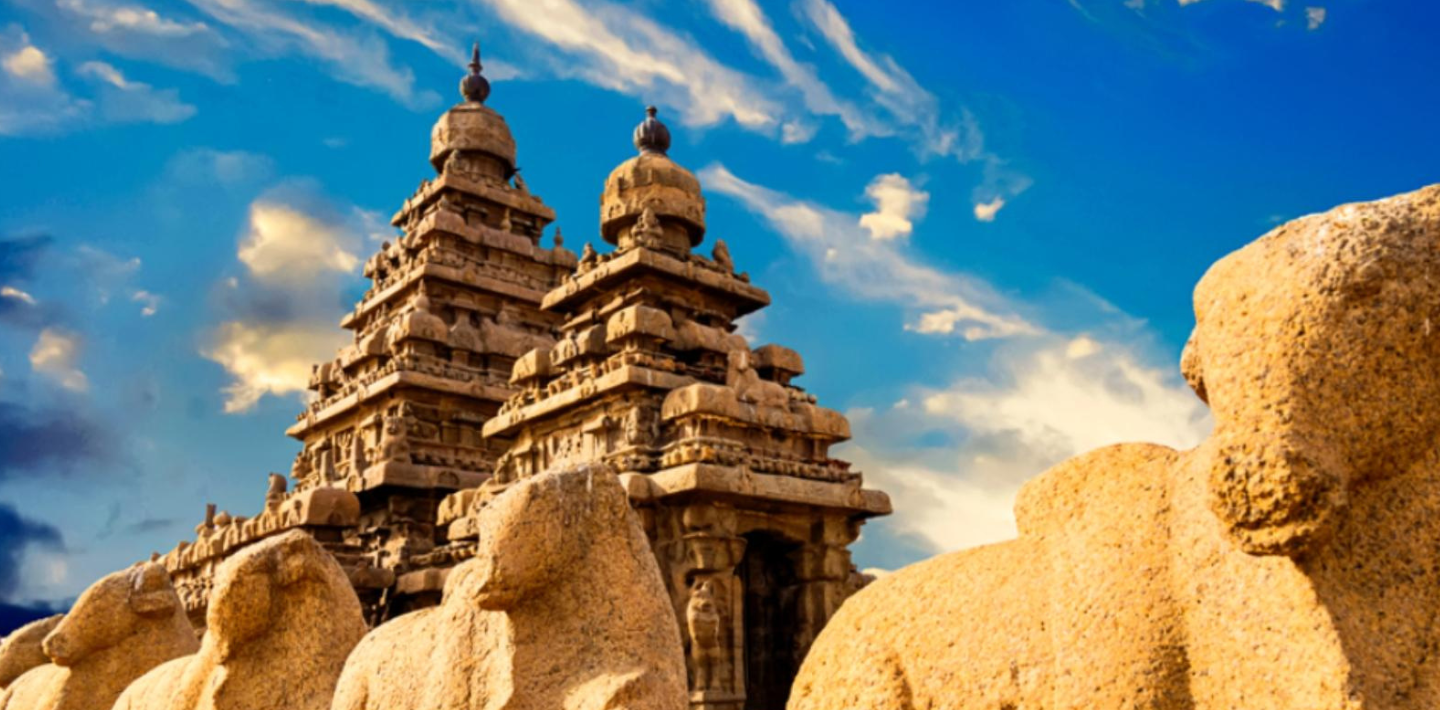The Semperoper in Dresden, Germany, is an emblem of artistic brilliance and architectural splendor. Located in the heart of the city, it is one of Europe’s most prestigious opera houses. Its legacy of hosting world-class performances and its breathtaking design attracts visitors from across the globe.
You May Also Like: Neuschwanstein Castle, Germany: A Fairy-Tale Destination
1. A Brief History of the Semperoper
The Semperoper has a rich and dramatic history spanning nearly two centuries.
- 1838-1841: Architect Gottfried Semper designed the first building in a neo-Renaissance style. It quickly became a cultural landmark.
- 1869: A devastating fire destroyed the original structure.
- 1878: Rebuilt under Semper’s son, Manfred Semper, retaining its original charm.
- 1945: During World War II, the opera house was severely damaged during the bombing of Dresden.
- 1985: After decades of restoration, the Semperoper reopened to the public.
Today, the opera house stands as a symbol of Dresden’s resilience and commitment to preserving its cultural heritage.
2. Architectural Marvel
The Semperoper is a masterpiece of neo-Renaissance architecture, blended with Baroque and classical influences.
- Exterior Features:
- Ornate statues, including the iconic Quadriga, depicting Dionysus and Ariadne.
- Elegant columns and intricate carvings.
- Interior Grandeur:
- The grand staircase is a work of art, featuring marble and exquisite detailing.
- The auditorium is adorned with gold accents, plush red seats, and a stunning ceiling mural.
Every corner of the Semperoper exudes opulence and attention to detail, making it a visual delight for visitors.
3. A Hub for Performing Arts
The Semperoper is home to the Saxon State Opera, the Saxon State Orchestra, and the Semperoper Ballet.
World-Class Performances
- Hosts operas, ballets, and symphony concerts.
- Famous works by Richard Wagner, Richard Strauss, and Carl Maria von Weber have premiered here.
Annual Highlights
- SemperOpernball: An extravagant ball that attracts dignitaries and celebrities from around the world.
- Seasonal performances celebrate both classic and contemporary works.
Attending a performance is an unforgettable experience, blending exceptional talent with a historic setting.
4. Exploring the Semperoper
Guided Tours
Visitors can join guided tours to learn about the opera house’s history and architecture. These tours often include backstage access and insights into its restoration process.
Key Highlights to See
- Auditorium: Marvel at the intricate designs and acoustics.
- Foyer: Admire the sculptures and frescoes that depict scenes from mythology.
- Royal Box: Once reserved for royalty, it offers a prime view of the stage.
Photography is often allowed during tours, providing an opportunity to capture the opera house’s splendor.
5. Planning Your Visit
Location
The Semperoper is situated in Dresden’s historic Old Town, near the Elbe River.
- Address: Theaterplatz 2, 01067 Dresden, Germany
How to Get There
- By Train: Dresden Hauptbahnhof is the closest train station. From there, it’s a short tram or bus ride.
- By Car: Parking is available near the city center.
- By Foot: Many visitors enjoy walking to the Semperoper from nearby attractions like the Zwinger Palace or Frauenkirche.
Tickets
- Purchase tickets online for performances or guided tours.
- Prices vary depending on the event and seating.
- Booking in advance is recommended, especially during peak seasons.
6. Nearby Attractions
The Semperoper is surrounded by several notable landmarks.
- Zwinger Palace: A Baroque palace featuring art galleries and museums.
- Frauenkirche (Church of Our Lady): A stunning example of Baroque architecture, rebuilt after World War II.
- Brühl’s Terrace: Offers picturesque views of the Elbe River.
- Dresden Castle: Home to museums and historic artifacts.
Exploring these attractions makes for a well-rounded visit to Dresden.
7. Best Time to Visit
The Semperoper and Dresden are beautiful year-round, but specific seasons enhance the experience.
- Spring and Summer: Perfect for walking tours and enjoying Dresden’s vibrant cityscape.
- Fall: The opera house’s performances resume after summer breaks.
- Winter: Witness the SemperOpernball and Dresden’s famous Christmas markets.
8. Tips for an Unforgettable Experience
- Dress Code: While not mandatory, formal attire is encouraged for performances.
- Arrive Early: Allow time to explore the foyer and soak in the ambiance.
- Language Barrier: Many operas are performed in German, but subtitles are often provided.
- Accessibility: The Semperoper is wheelchair accessible, with designated seating areas.
9. Legacy and Cultural Significance
The Semperoper is more than an opera house; it’s a symbol of Dresden’s cultural soul. It has survived wars and fires, yet it continues to stand tall as a beacon of art and history. Its performances and architecture inspire locals and travelers alike, leaving a lasting impression on all who visit.
Final Thoughts
The Semperoper Dresden offers a blend of history, art, and cultural enrichment. Whether you’re attending a world-class performance or admiring its architectural beauty, the opera house promises an experience like no other. It’s a must-visit destination for anyone exploring Germany’s rich cultural heritage.










